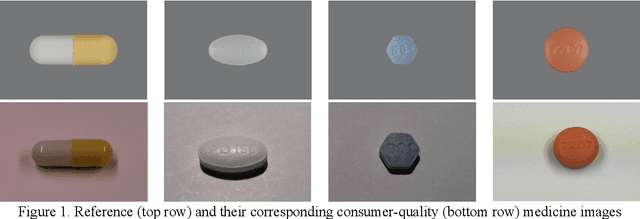Atabak Reza Royaee
Automatic Detection and Classification of Waste Consumer Medications for Proper Management and Disposal
Jul 27, 2020



Abstract:Every year, millions of pounds of medicines remain unused in the U.S. and are subject to an in-home disposal, i.e., kept in medicine cabinets, flushed in toilet or thrown in regular trash. In-home disposal, however, can negatively impact the environment and public health. The drug take-back programs (drug take-backs) sponsored by the Drug Enforcement Administration (DEA) and its state and industry partners collect unused consumer medications and provide the best alternative to in-home disposal of medicines. However, the drug take-backs are expensive to operate and not widely available. In this paper, we show that artificial intelligence (AI) can be applied to drug take-backs to render them operationally more efficient. Since identification of any waste is crucial to a proper disposal, we showed that it is possible to accurately identify loose consumer medications solely based on the physical features and visual appearance. We have developed an automatic technique that uses deep neural networks and computer vision to identify and segregate solid medicines. We applied the technique to images of about one thousand loose pills and succeeded in correctly identifying the pills with an accuracy of 0.912 and top-5 accuracy of 0.984. We also showed that hazardous pills could be distinguished from non-hazardous pills within the dataset with an accuracy of 0.984. We believe that the power of artificial intelligence could be harnessed in products that would facilitate the operation of the drug take-backs more efficiently and help them become widely available throughout the country.
 Add to Chrome
Add to Chrome Add to Firefox
Add to Firefox Add to Edge
Add to Edge